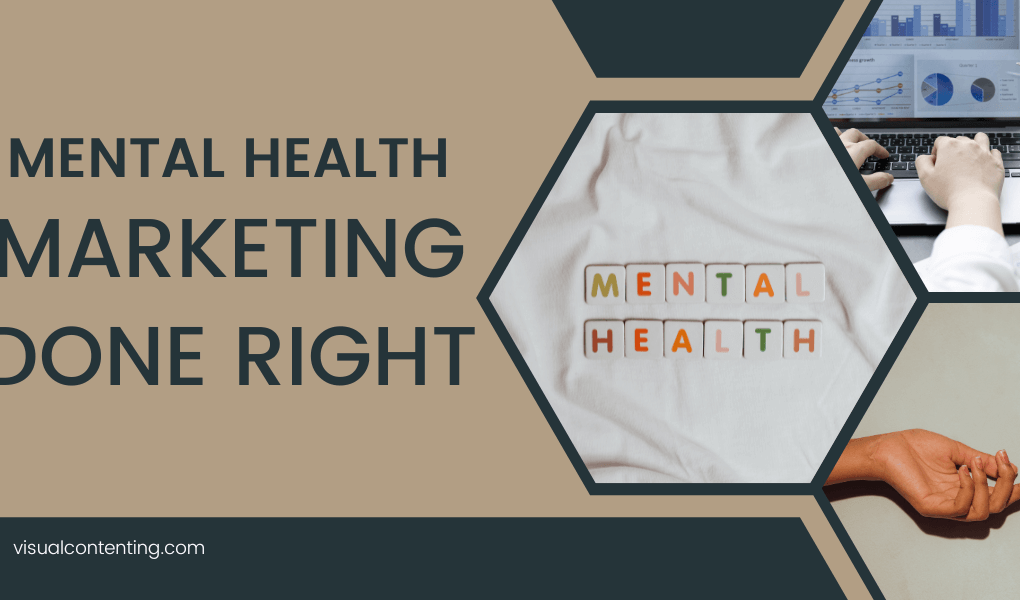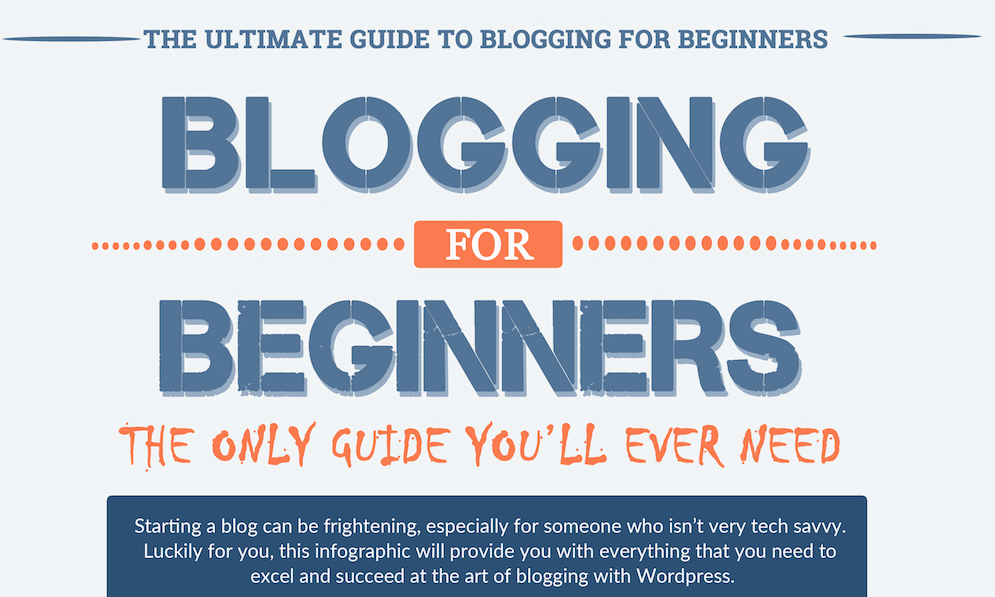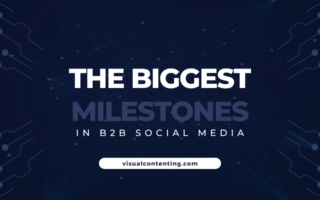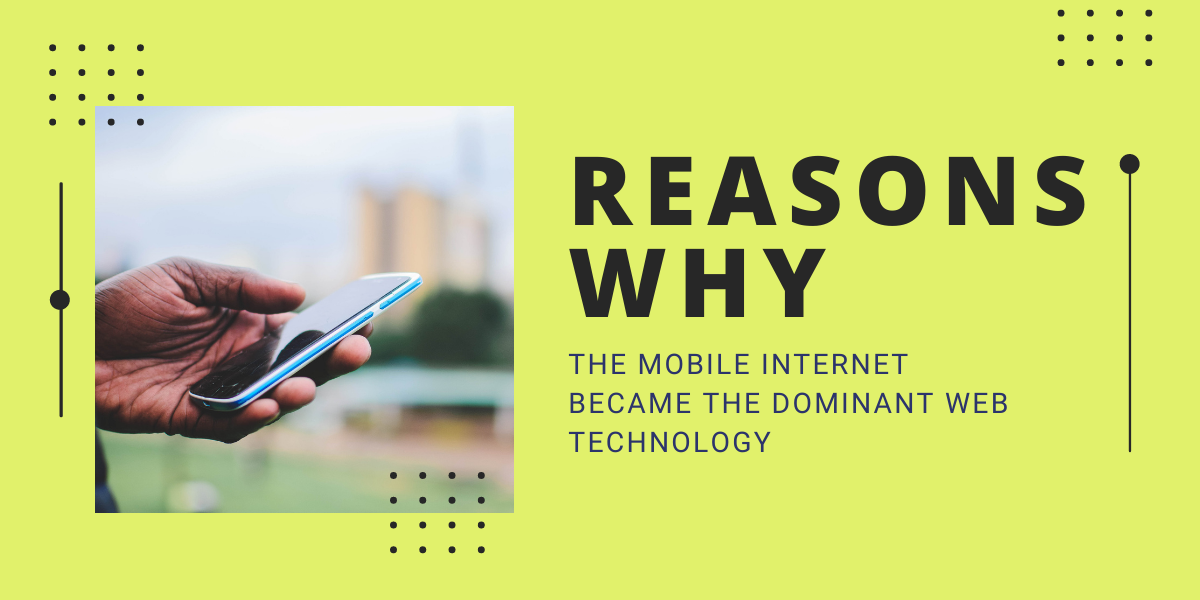Every company should care about the mental health of their staff, partners and customers, and with that comes mental health marketing. It’s a delicate path when a business wants to promote responsible mental health subjects, especially when rising cynicism about advertising runs rampant on social channels. Companies must adhere to certain do’s and don’ts if they want to undertake a successful and genuine marketing venture.
Countless campaigns have surfaced as mental health conversations become more normalized and transparent. Marketers can learn from these efforts for more assured success in discussing and campaigning for these sensitive subjects. Let’s explore what teams should and shouldn’t do and the benefits of executing these marketing campaigns with grace and awareness.
Why Is There a Need for Mental Health Marketing?
Everyone, from marketers to students and CEOs to stay-at-home parents, has felt the wave of distress over the last several years. A global pandemic, cost-of-living crisis, political upheaval and environmental and climate stressors are just a few of the pressure points blanketing the world in anxiety.
More people are resorting to escapism — consuming endless hours of streaming media or scrolling on TikTok for entertainment that takes their minds off the brutal realities of the world.
What this signifies is a major uptick in the number of advertisements people see. People see it through influencers, banner ads and audio snippets in their weekly podcasts. With this marketing onslaught comes heavy responsibilities for marketing teams to balance their content and prioritize mental health awareness and positive discourse.
Though marketing at its core pushes products and services to convert leads, today’s day and age forces marketing departments to think differently regarding social marketing. Brand awareness and loyalty convert leads — it’s more than a billboard nowadays. Customers who find brands that share their values, such as cherishing and supporting positive mental health, yield just as much return on investment as a flashy, well-designed social media ad. The key is building an ad campaign with good intentions.
What Is the Etiquette Behind Mental Health Marketing?
Advertisements disenchant many consumers because companies have taken advantage of them for too long, making mental health marketing a dangerous line to tread. Ads must be personable, realistic, practical and genuine. It’s the ad’s responsibility to provide a moment’s respite to viewers and listeners. They should prioritize taking care of themselves and making time for moments of self-reflection instead of spending all their money — among all the other marketing efforts.
How can brands make a difference on the planet that leaves everyone feeling happier and in better spirits?
Do’s
Countless studies have expressed what consumers value in a mental health marketing campaign. One facet they prioritize is authoritative sources. Marketing teams should collaborate with reputable nonprofit organizations or health professionals to provide data and advice. It’s imperative if the campaign is associated with a product’s sale, such as donating a portion of profits to support a mental health initiative. Having reputable partners increases consumer trust.
Additionally, the advertisement should authentically display diverse perspectives. Mental health is a necessary conversation regardless of identity, geography or demographic. The campaign should represent a no-barriers mentality and include a variety of voices.
Finally, it should add to the mental health conversation instead of reiterating insensitive, meaningless marketing exploits. Speaking about mental health in a campaign with surface-level knowledge and acknowledgment feels like an easy out to be part of the conversation without dedicating too much time and resources. Bring up new research, promote community or discuss subjects with less visibility.
Don’ts
No business wants to send out mental health ads that feel like emotional manipulation and anger their customers. The phenomenon is called mental health wellwashing, where companies promote mental health campaigns without sincerity.
Internally, this could manifest as a company that offers a yearly coupon for yoga classes instead of providing adequate sick days or a living wage. Or, it could mean they ignore the 76% of employed Americans who have struggled with a substance use disorder and may get fired if they seek treatment at rehab.
Mental health campaigns for employees or customers can fail this way, such as when Amazon repeatedly came under fire for its working conditions. To quell worker stress, they installed cubicles called Amazens for workers to meditate, even though many stressed the need for safer, less abusive working conditions instead of a quiet box.
Timing might be crucial for your campaign, but it doesn’t have to be locked into specific days of the year. Mental health is a timeless, year-round discussion, and limiting campaigns to Mental Health Awareness Month or World Schizophrenia Day dismisses the importance of keeping the talking points alive. These are popular times for campaigns that marketers should utilize, but making discussions evergreen should also be a priority.
What Are Examples of Successful Campaigns?
Advertising agency TBWA released a productive mental health campaign to raise awareness about meeting fatigue. The reason this was an effective campaign is that it was industry-specific. An advertising agency would know a lot about how tired employees are of constant Zoom calls and unnecessary meetings that harm workflow. In the thick of the pandemic, this was an intensely helpful resource for people.
Cosmetic brand Rare Beauty enlisted the help of singer Selena Gomez for their Mental Health 101 campaign. It was effective because of the smart employment of the right influencer. The campaign aimed to provide people with the mental health education they should have received sooner. Gomez’s ability to connect with notably younger generations with more mental health issues than others made the project even more noteworthy.
Popular meditation app CALM also worked wonders with its “Suicidal doesn’t always look suicidal” video campaign, bridging the gap in the mental health conversation about invisible struggles. It highlighted the stories of those lost to suicide, explaining how looks can be deceiving if someone struggles despite a smile. It was effective because it described a hidden facet of the conversation using stories from real people.
What Impact Do These Efforts Have on Viewers?
Research shows there are positive consequences for a well-intentioned mental health marketing campaign, but it’s not always as penetrative as marketers want. Emotionally, it could make consumers feel more connected or aware of themselves when they would have otherwise received no prompting, especially when people so frequently log on to their favorite social media platforms.
Here are some of the other positives of mental health marketing, especially on social media platforms:
- People have more diverse and readily available peer support.
- Mental health care access is more accessible.
- Information about mental health care is in greater quantity and more widespread.
- It begins a normalization of discussing mental health topics.
However, ads are not enough to drive a person to seek treatment or support if they are burdened by a mental health concern. Ads raise awareness, but they rarely attack the root cause, unless it is a nonprofit campaign where efforts will go directly to help individuals or research. It might make companies or people viewing the ads feel like they’re making an effort when they aren’t.
Marketing That Promotes Positivity and Honesty
Mental health campaigns have the chance to change how customers view products and employees interact with their employers. They effectively increase personal awareness and share perspectives of other peoples’ experiences. So long as companies express genuine concern for making the world feel healthier and more confident, then the campaign will succeed in lifting moods and helping curb mental health side effects.
Related Posts
Devin Partida writes about topics concerning tech and the internet. She is also the Editor-in-Chief of ReHack.com.







